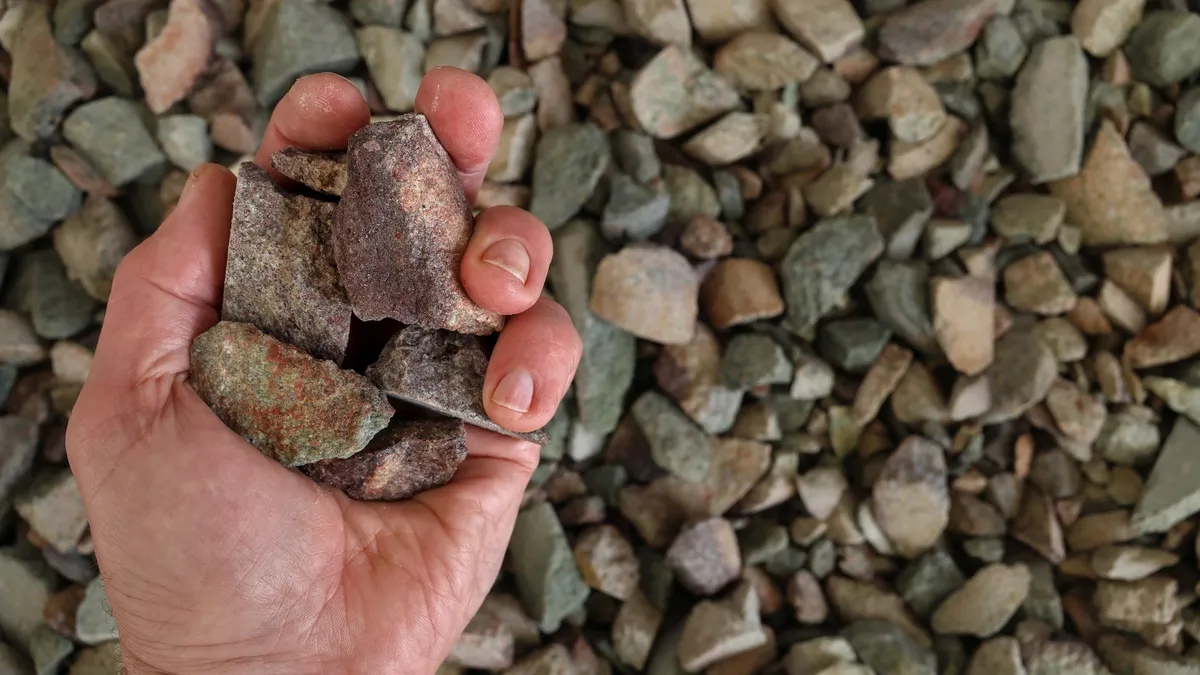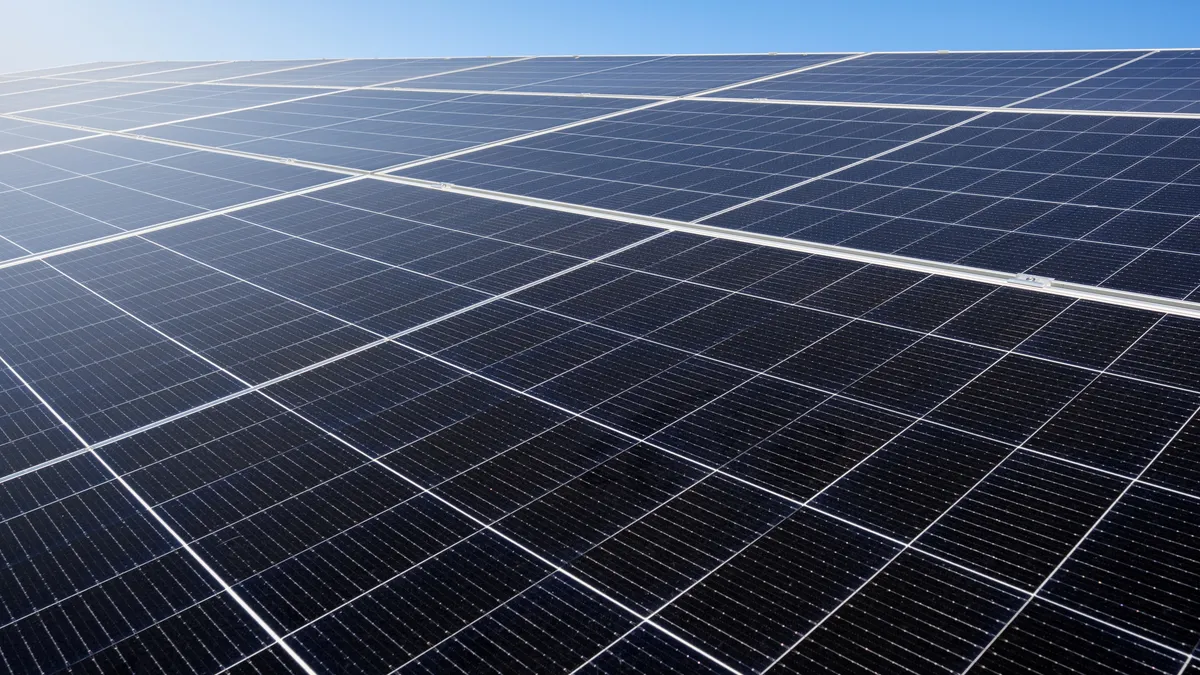Gregory Wischer is a non-resident fellow at the Payne Institute for Public Policy at the Colorado School of Mines. Morgan Bazilian is the director of the Payne Institute for Public Policy and a professor of public policy at the Colorado School of Mines.
In early September, the U.S. Department of Labor published its annual list of goods produced with child or forced labor. The number of critical minerals and materials on the list increased to twelve, with children extracting minerals like copper in the Democratic Republic of the Congo and workers forced to produce minerals like nickel in Indonesia. Such statistics reinforce the need for the next president to prioritize minerals and metals production in jurisdictions with high labor standards, especially the United States. Importantly, existing U.S. government programs can be modified to incentivize U.S. mineral production.
For example, the bipartisan infrastructure law and Inflation Reduction Act offer billions in grants, loans and tax credits for various programs related to clean energy. While those laws have garnered praise from Vice President Kamala Harris and (mostly) criticism from former President Donald Trump, both presidential candidates generally agree on the importance of supporting U.S. critical mineral projects given their role in securely supplying key industries, from defense manufacturers to automotive companies. The next president could direct the federal entities overseeing BIL and IRA funding to amend their rules and update their guidance to encourage clean energy programs — like loans for battery manufacturing — to source domestically-produced minerals.
Specifically, the U.S. Department of Energy offers a suite of grants and loans for projects in the battery supply chain, from cathode production facilities to battery cell factories. To stimulate the sourcing of domestically-produced minerals, the department could amend its rules and update its guidance to tie the amount of government grants and loans that battery-related projects can tap to the monetary value of their U.S.-sourced mineral feedstock. Such sourcing requirements could entice more battery makers and automakers to sign offtake deals with prospective and existing U.S. mineral producers, as well as to invest in U.S. mineral projects themselves, as many automakers are already doing.
To further incentivize U.S. mineral production, the next administration could modify BIL and IRA funding programs by tightening the rules for waiving the Buy American Act’s domestic content requirements for government procurement of mineral-intensive goods like electric vehicles. The administration could similarly enhance waiver rules for the domestic mineral content requirements under the Build America, Buy America Act for federally-funded infrastructure projects like electrical transmission systems and electric vehicle charging stations. Lastly, the administration could impose rules that require higher domestic mineral content to qualify for various tax credits, such as the Section 45X Advanced Manufacturing Production Credit, the Section 48C Advanced Manufacturing Tax Credit and the Section 30D New Clean Vehicle Credit.
Modifications to these funding programs should exclude incentives that further encourage U.S. firms to source minerals from allied countries and free trade partners. Already, mineral projects in Australia, Canada and the United Kingdom qualify for Defense Production Act Title III grants, and in free trade countries, mineral projects that exclude foreign entities of concern comply with IRA requirements for the Section 30D critical minerals tax credit.
To coordinate these various rule changes and guidance updates across the federal government, the Made in America Office within the Office of Management and Budget could establish a subunit called the “Mine More in America Initiative” (not to be confused with the US Export-Import Bank’s Make More in America Initiative).
The government could potentially justify the rule changes and guidance updates by citing Executive Order 13817 and Executive Order 13953, both of which the Trump Administration issued but the Biden Administration has retained. Executive Order 13953 instructs government agencies to “prioritize the expansion and protection of the domestic supply chain for minerals” and to “direct agency resources to this purpose, such that: …the United States establishes, expands, and strengthens commercially viable critical minerals mining and minerals processing capabilities.” This directive could help defend the rule amendments and guidance updates.
Under the Trump Administration, Executive Order 13953 resulted in new guidance deeming critical mineral projects eligible for financial support under the Department of Energy’s Advanced Technology Vehicles Manufacturing, or ATVM, Loan Program and Title 17 Clean Energy Financing Program. The Biden Administration used this new guidance to issue an ATVM loan to a critical minerals processing project — Syrah’s Vidalia facility — and to make conditional loan commitments to two other processing projects — Ioneer’s Rhyolite Ridge project and Lithium Americas’ Thacker Pass project. The Biden Administration has also reaffirmed that critical mineral extraction projects are eligible for Title 17 loan guarantees.
While the presidential candidates disagree on much, they seem to largely agree on the need to support domestic critical mineral projects. By modifying existing government programs like the BIL and IRA with rule changes and guidance updates, the next president could incentivize the sourcing of U.S.-produced minerals — and help increase U.S. mineral production.





















